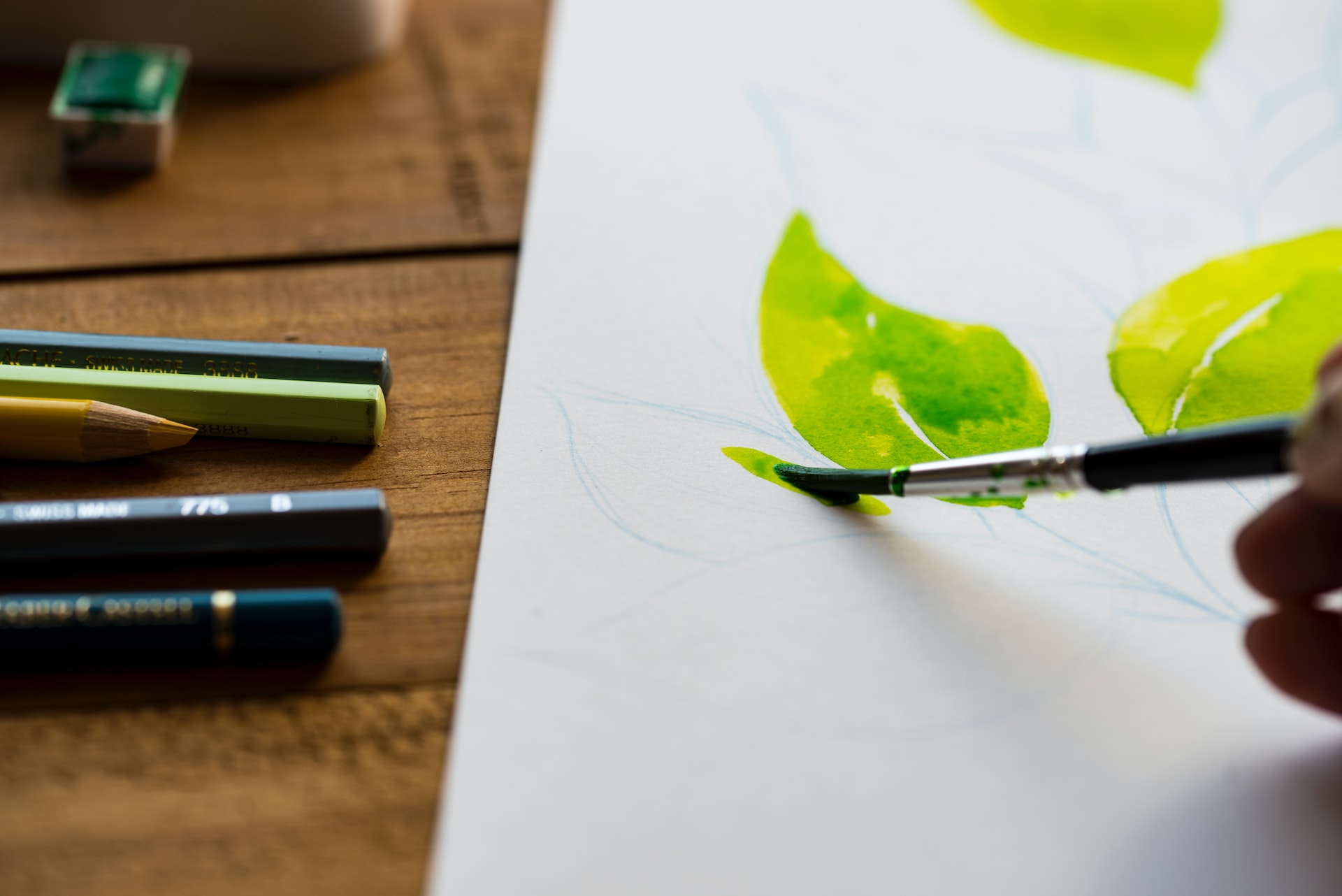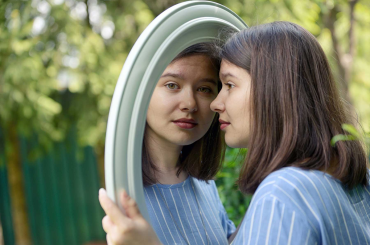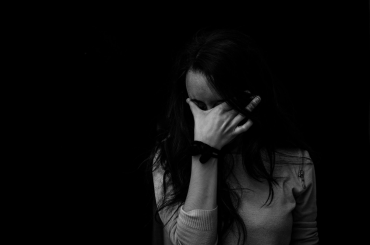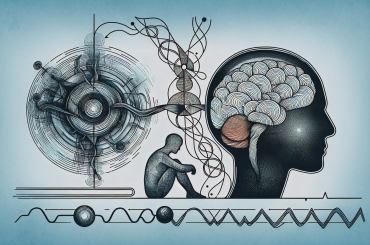Art and Mental Health — How Creativity Can Supplement the Road to Recovery
Making art can reduce stress, lower anxiety levels, and improve mood. Art therapy has the ability to improve a patient’s sense of control over their lives. Taking part in the arts (whether through art therapy or not) can have a positive influence on mental health. Art can supplement recovery on multiple levels. Here’s what you should know about the impact of starting on your own creative journey to self care through art.
A variety of mental health benefits
When it comes to art and mental health, there are a variety of benefits to be aware of. While art can benefit mental wellbeing through art therapy, there is growing evidence that it can be used in non-therapy contexts for promoting mental health as well. In one study cited in the post, cognitive neuroscientists found that creating art reduces cortisol levels and induce positive mental states. The arts have been found to be effective tools for mindfulness. “The cognitive-reflective aspects of the arts, in addition to their ability to shift cognitive focus, make them especially effective as tools for mindfulness. Specifically, engaging with visual art has been found to activate different parts of the brain other than those taxed by logical linear thinking. Another study found that visual art activated distinct and specialized visual areas of the brain.”
The potential for art in recovery
When understanding how art can help someone through addiction recovery, it’s important to realize the role that mental health plays throughout the recovery process. In fact, studies show that approximately 50% of people with substance use disorders also have an underlying mental health disorder, according to a University of Utah Healthcare article. “Addiction and mental health often go hand in hand because using a substance is a way to self-medicate difficult aspects of mental health,” says Liz Wetmore, a Licensed Clinical Social Worker, who goes on to say “It’s common to see participants struggling with depression, anxiety, or post-traumatic stress disorder. Treatment for these is just as important as addiction treatment.” While it’s essential that someone on the road to recovery receive proper treatment by a medical professional, art can help supplement efforts already in place by providing a therapeutic outlet.
When understanding how art and recovery from addiction can go hand in hand, the Gateway Foundation explains that “During your recovery, you may find it difficult to communicate your story or verbalize how you feel. Unfortunately, many addiction programs focus on talking about what you’ve been through.” With that in mind, it’s noted that art therapy for substance abuse can give individuals a nonverbal way to find healing. Art can be a unique way to express complex ideas and feelings through creative freedom.
Starting your creative journey
According to the University of Washington, there are a variety of different ways to practice self-care through art. For instance, through mindful creativity or by collaging your thoughts or visions, to name just a couple. To practice mindful art, it’s noted that “you can simply start creating or choose a piece of art as inspiration for your own creation. Block out the other thoughts and distractions in your life and give yourself a set amount of time to make art or enjoy it.” Making a collage of your thoughts or visions can present as a great alternative for those who don’t enjoy creating art in other ways. Creating a collage can be done to express what you’re feeling, or to create a positive vision board about what you hope for the future, according to the post.
Practicing art as part of self care during recovery doesn’t mean that you have to stick to painting and drawing. Art can also encompass various other creative outlets, such as sculpting, writing, music, and dance. Incorporating your interests through your creative efforts can also be achieved. Even interests like technology can be incorporated into creative self care. In fact, creating art with the help of technology is nothing new. In 2019, Aiden Meller created a tangible robot by the name of Ai-Da, who has progressed from abstract art to painting self portraits. While the topic of whether or not technology has or will be able to create an emotionally involved work of art, those looking to explore art through the use of technology might consider creating a piece with the help of a 3D printer, digital painting, or graphic design.
The road to recovery can be a daunting and overwhelming one for many, which can involve experiencing mental health struggles. While proper treatment by medical professionals is essential when recovering, partaking in the arts is a great way to supplement the journey.







